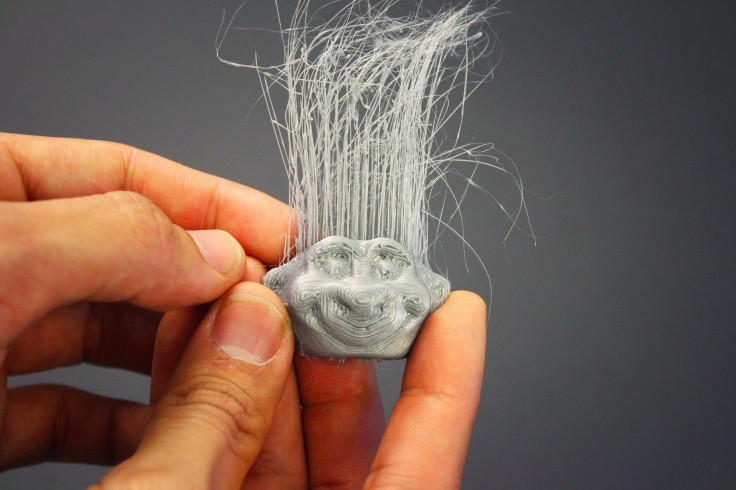Researchers produce synthetic hair from 3D printer

While 3D printers typically produce hard plastic objects, researchers found a way to produce hair-like strands, fibres and bristles using a common, low-cost printer.
The team from Carnegie Mellon University in Pittsburgh, U.S. said the technique for producing 3D-printed hair was inspired by the way gossamer plastic strands are created when a person uses a hot glue gun.
“You just squirt a little bit of material and pull away. It's a very simple idea, really,” said Gierad Laput, a Ph.D. student in Carnegie Mellon's Human-Computer Interaction Institute.
Because the plastic hair is produced strand by strand, it is a not a quick process, the researchers noted. Generating 10 square millimetres of hair will take about 20 to 25 minutes. However, it requires no special hardware, just a set of parameters that can be added to a 3D print job. The team also said that the hair produced can be cut, curled with hot air or braided, while the dense, close-cropped strands can form a brush.
The researchers developed their technique using an inexpensive fused deposition modelling (FDM) printer. FDM uses a plastic filament that passes through a heated nozzle, which extrudes small, flattened strings of molten material into patterns. The patters are created layer by layer, until the desired 3D shape is achieved.
To create a hair-like strand, the researchers applied a bit of molten plastic and then moved the print head and the bed sideways. Laput and his colleagues used this technique to add hair in a variety of colours to 3D printed objects, such as the straight-up shock of hair on a troll head, long whiskers on a Gandalf-like wizard and a tail on a horse.
They also found various ways to produce different kinds of hair-like strands. By using randomised root positions, they produced natural-looking hair, while uniform root positions were used to produce toothbrush bristles.
The researchers used a common material, polylactide, for their project. Laput said using a more sophisticated material, such as acrylonitrile butadiene styrene, might make it possible to create hair with magnetic or other properties.
The 3D printed hair was displayed publicly for the first time at the Engadget Live event in Liberty Warehouse in Brooklyn, New York. The team will also present their method at the ACM User Interface Software and Technology Symposium in November.
In 2014, researchers at Disney Research in Zurich successfully captured a subject’s hair through 3D scanning. Their new 3D scanning method added three simple steps to the process, enabling a subject’s hair to be captured as accurately as the rest of their face and body.
Their goal was not to reproduce a hairstyle fibre by fibre but to reproduce the essence of a hairstyle in the solid form of a helmet, similar to artistic sculptures. The results are 3D-printed figurines, which retained the appearance of directional wisps and the overall flow of hair as well as its colour.
Source: YouTube/Future Interfaces Group
Contact the writer at feedback@ibtimes.com.au or tell us what you think below.




















